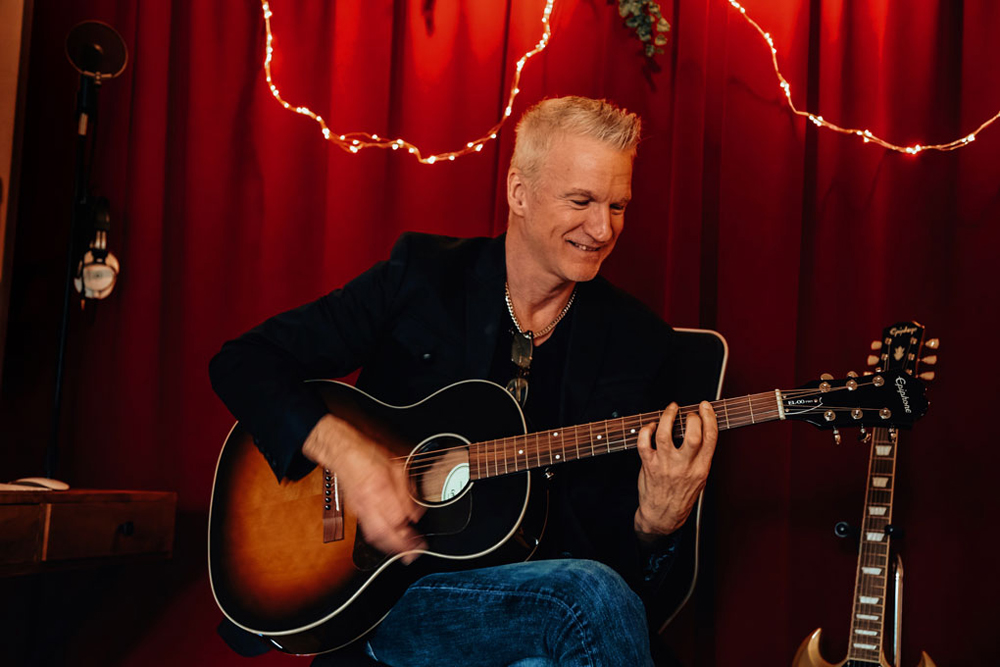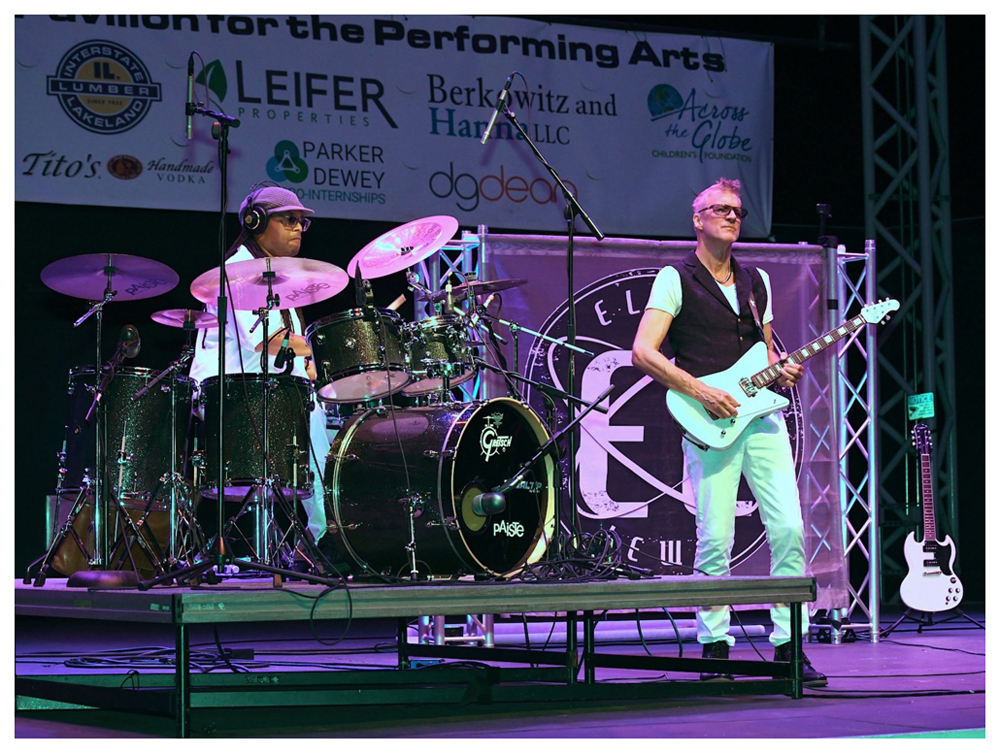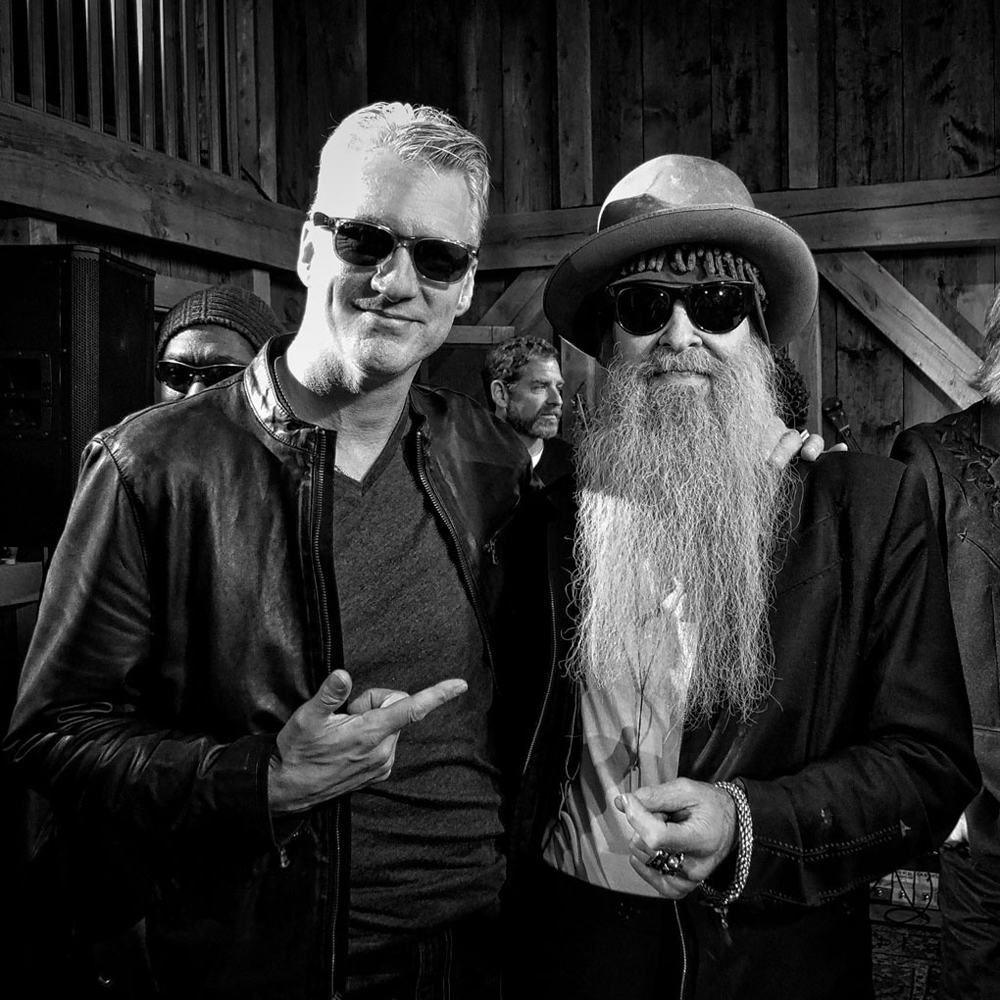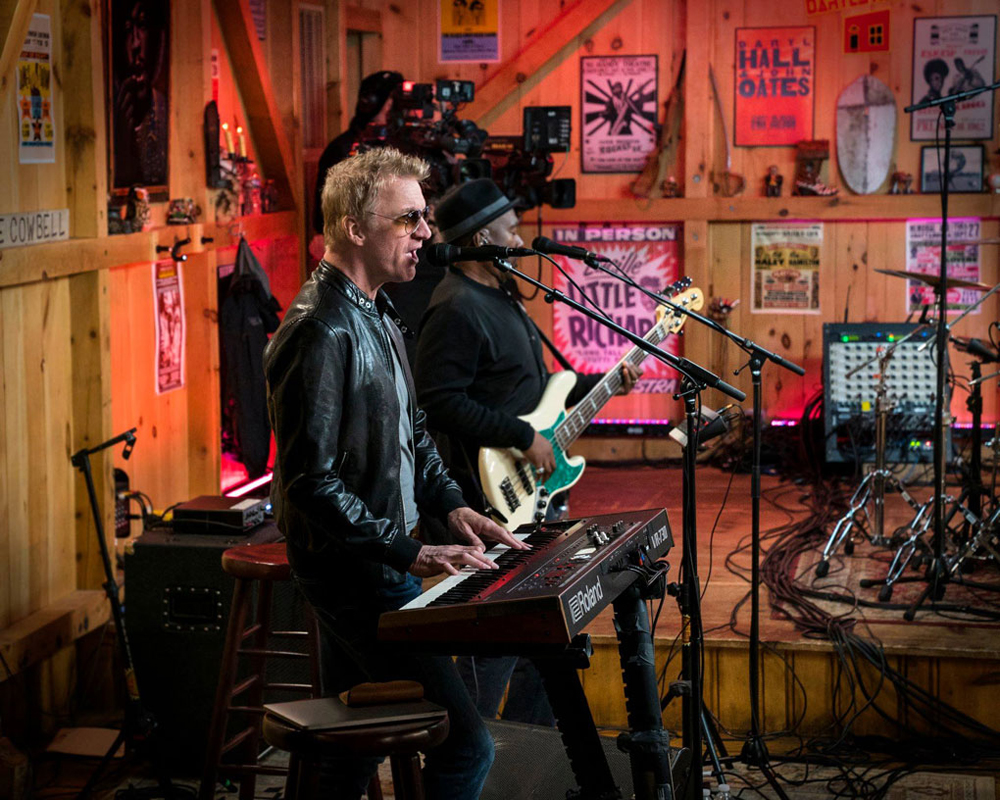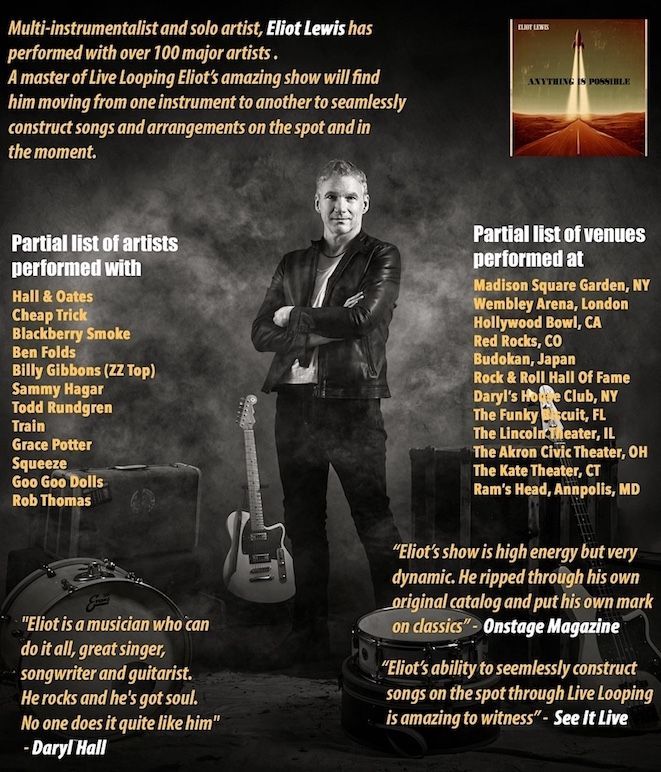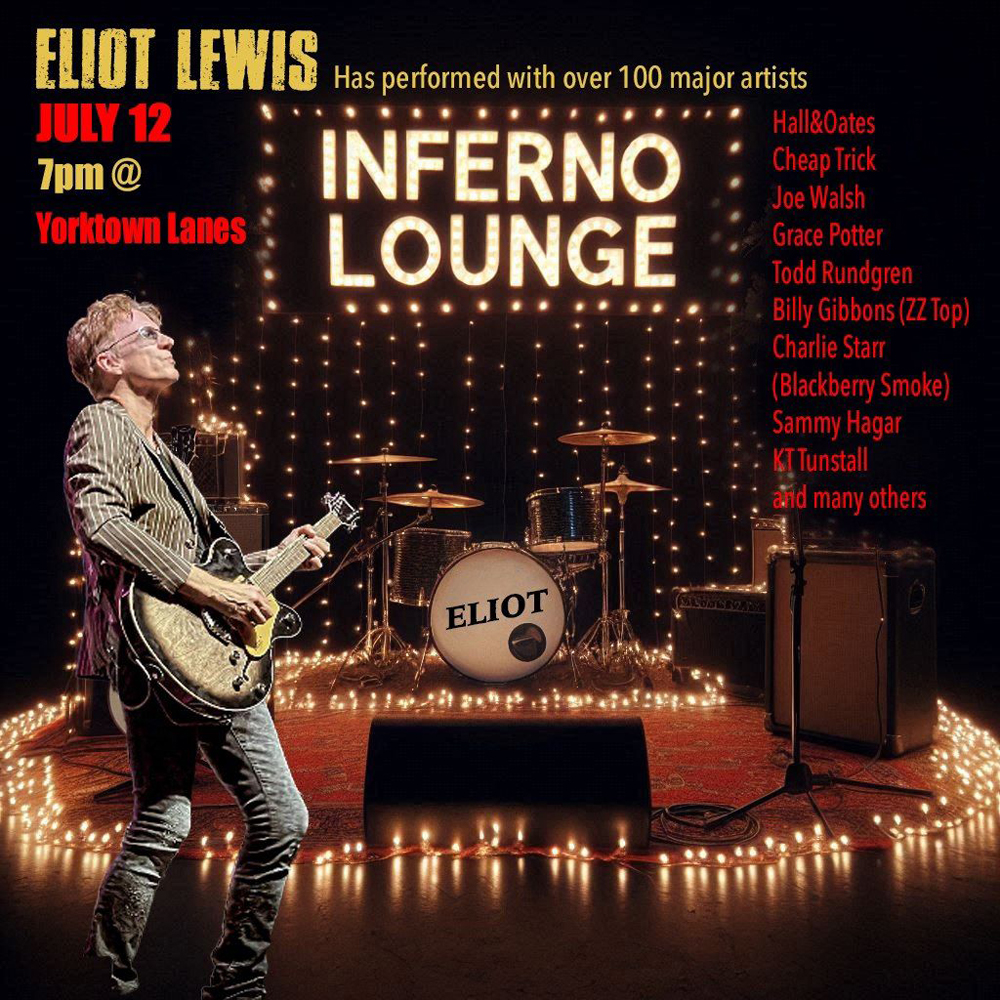Eliot Lewis
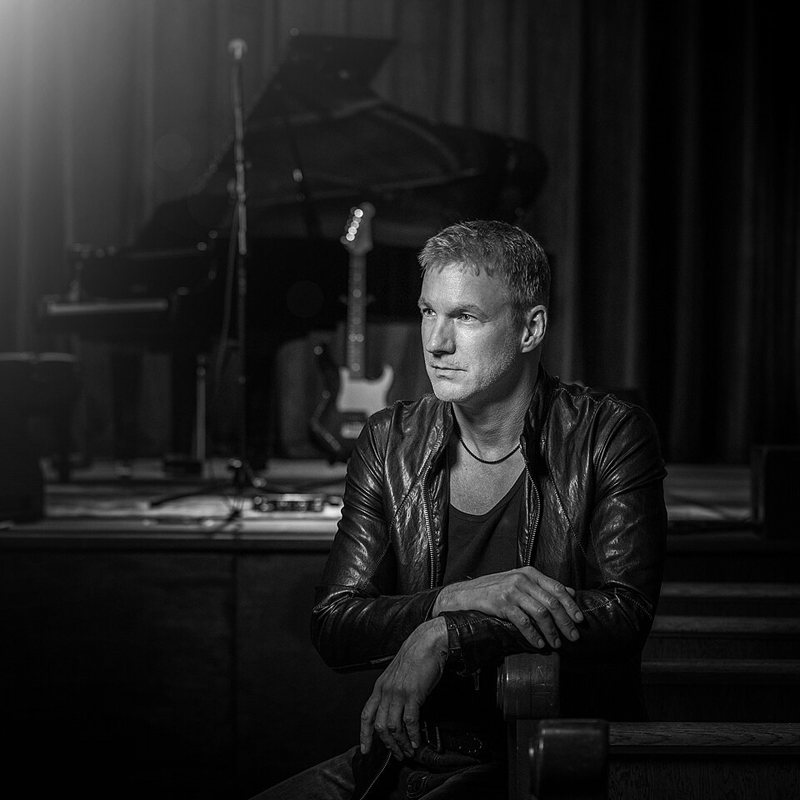
Born in Norwalk, Connecticut on March 10, 1962, Eliot Lewis is a multi-instrumentalist, singer-songwriter and producer whose career has quietly spanned some of the most iconic stages and collaborations in modern popular music. Though he may not be a household name among the general public, Lewis has carved a path as an indispensable contributor to some of the most enduring acts in rock and soul, including Average White Band and Hall & Oates, and played a major role in the acclaimed TV series Live from Daryl’s House. His story is one of versatility, humility and persistence, serving as a testament to the countless musicians whose fingerprints are on legendary recordings but who remain largely unknown outside of industry circles.
MUSICAL BEGINNINGS, SONY MUSIC, DAN HARTMAN
Growing up in a musically nurturing household, Lewis was immersed in a wide spectrum of influences. His mother was a classical pianist, and Lewis recalls listening to classical music being played for hours daily. This early exposure instilled in him not only an appreciation for music but a foundational discipline that would serve him well throughout his career. Lewis picked up the drums at age 10 but had shifted to guitar by 16 and during his self-taught journey he added bass, keyboards and vocals to his arsenal. The explosion of music technology in the 1980s further fueled his creativity, allowing him to experiment with composing and producing entire songs on his own.
During his teens, Lewis had the unique experience of being introduced to some of popular music’s most famous names – including Peter Frampton, Alice Cooper and Elton John – thanks to a family friend in the music industry. Encounters with such artists left an indelible mark on the young musician, reinforcing his belief that music would be his life’s pursuit. Lewis’s first major professional break came in the 1980s, when he signed a publishing deal with Sony Music. This led to a collaboration with the late Dan Hartman, known for hits like “Free Ride” and “I Can Dream About You.” Together, they worked on projects for prominent artists including Joe Cocker, The Pointer Sisters and Tina Turner. These sessions sharpened Lewis’s skills in both performance and production, placing him among elite studio musicians.
AVERAGE WHITE BAND, SOLO PROJECTS, HALL & OATES
After Hartman died in the late 1980s, Lewis found himself searching for his next creative chapter, which came when he connected with Alan Gorrie, founding member of Scottish funk/R&B/soul group Average White Band (AWB). Initially brought on as a collaborator, Lewis quickly became a full-fledged member of AWB, contributing to both recordings and international tours. His time with the band not only solidified his status as a world-class musician, but also gave him the global stage experience that would define much of his later career.
Despite the prestige of playing with AWB, Lewis felt a pull to refocus on his own songwriting and artistic voice and left the band in 2001 to pursue solo work. His early solo albums reflected an artist keen on blending rock, soul, pop and funk into accessible yet personal music. With his first self-released albums, Get Back What You Give (2000) and Master Plan (2003), Lewis set the tone for what would become his hallmark: meticulously crafted songs where he played every instrument and handled all production. Though not commercially widespread, the records helped Lewis build a loyal following by showcasing his artistic integrity and commitment to his craft. His songwriting, while grounded in classic rock and soul traditions, also reflected a modern sensibility: melodic, heartfelt and groove-oriented.
In 2003, Lewis joined Hall & Oates on keyboards and guitar, further raising his national profile. His tenure with the legendary duo spanned two decades, included performances at Madison Square Garden, Nippon Budokan and Hollywood Bowl and he’s widely credited for being part of the band’s resurgence, helping them maintain a fresh and dynamic live sound. Perhaps even more significantly, Lewis became a core member of Live from Daryl’s House, Daryl Hall’s genre-bending music series that debuted online in 2007 and was later picked up by VH-1 and Palladia. The show became a platform where established artists and emerging talents came together to collaborate in an intimate, living-room-style setting. Lewis was the musical glue of the series, often shifting between guitar, bass, keyboards and vocals, depending on the guest artist and the song. His comfort across styles – rock, funk, country, pop, soul – made him invaluable to the series, which reinforced his status among musicians as a consummate pro who could “do it all” while always serving the song rather than his own ego.
RECENT ALBUMS, ACTIVITY, LEGACY
In recent years, Lewis has refocused attention on his solo career, releasing a string of discs that underscore his evolution as both a songwriter and instrumentalist. Albums like Adventure (2016), Anything Is Possible (2024) and Sonic Soldier (2025) capture the full range of his talents. Adventure saw him exploring new sonic textures while staying grounded in his soulful roots; Anything Is Possible reaffirmed his belief in perseverance and the power of music to inspire; and Sonic Soldier, his first all-instrumental album, showcased his guitar work with a freedom and intensity that revealed new facets of his artistry, drawing comparisons to some of the most adventurous players in rock and fusion. These days, Lewis continues to perform nationally and internationally, balancing solo work with collaborations.
According to fans and critics alike, what makes Lewis particularly notable is his ability to thrive just outside the mainstream spotlight. He’s built a career on his own terms, never chasing fame but always seeking connection through music. His story is a classic example of the working musician whose impact far exceeds his name recognition, he exemplifies the spirit of the underdog artist and his journey is a reminder that not all heroes stand at center stage; some quietly shape their music from within, letting the work speak for itself. His story is still being written, but his place as one of New England’s most accomplished, versatile and enduring artists is firmly established and his contributions to the regional and national scenes are an inspiration to those who dream of making a life in music on their own terms.
(by Karl Sharicz)
Karl Sharicz is the author of Rock & Roll Underdogs: Hidden Gems Within the Shadows of Stardom (Palmetto Publishing, 2025).

